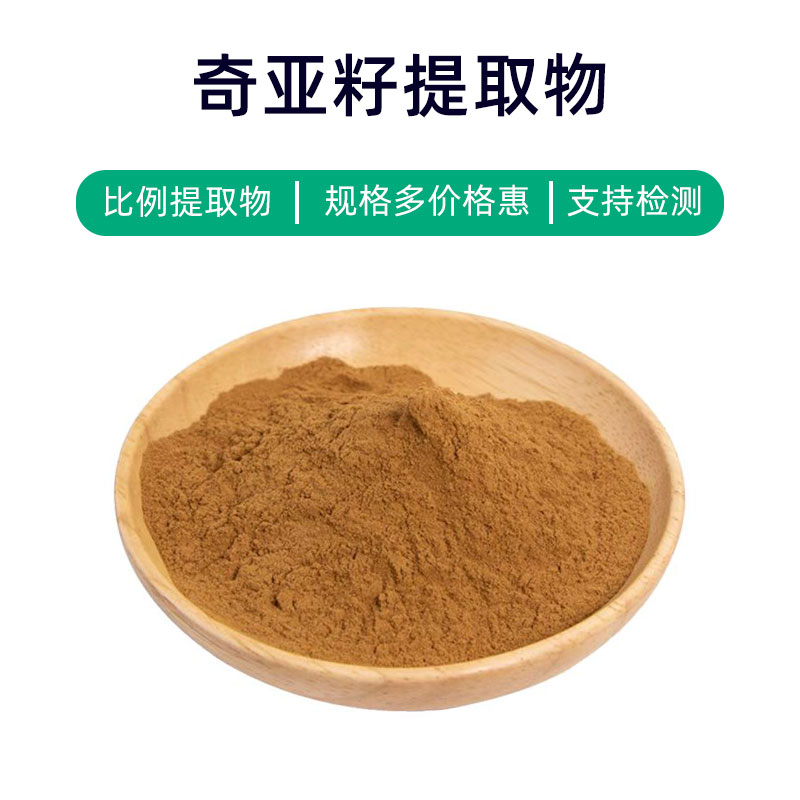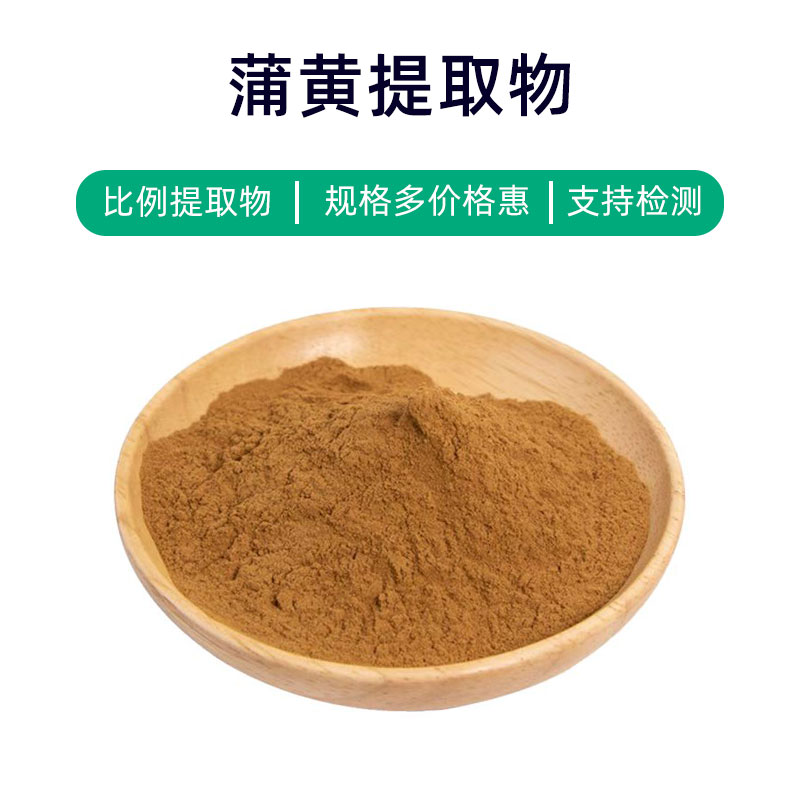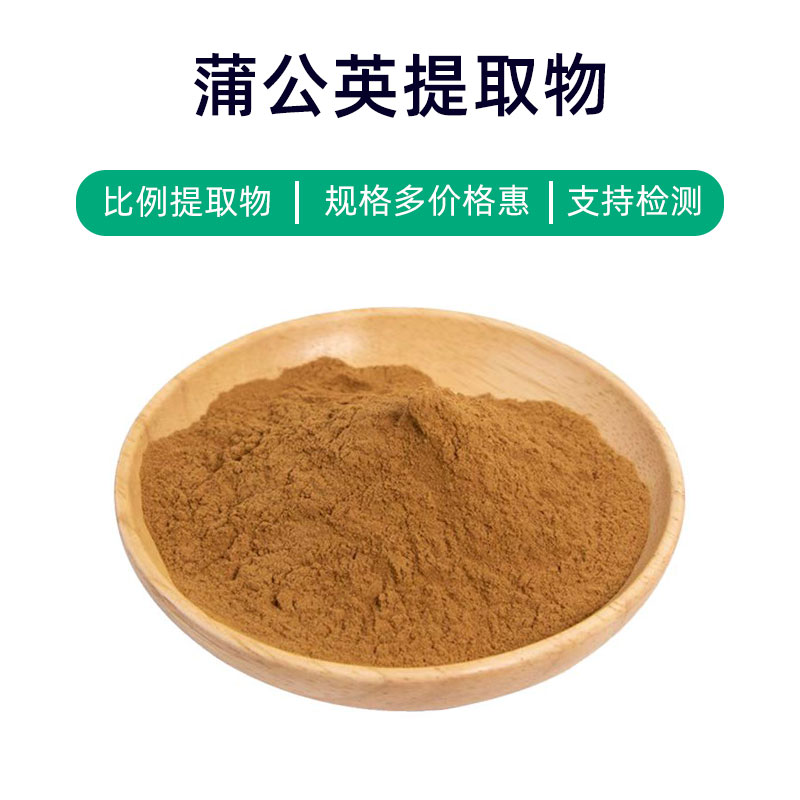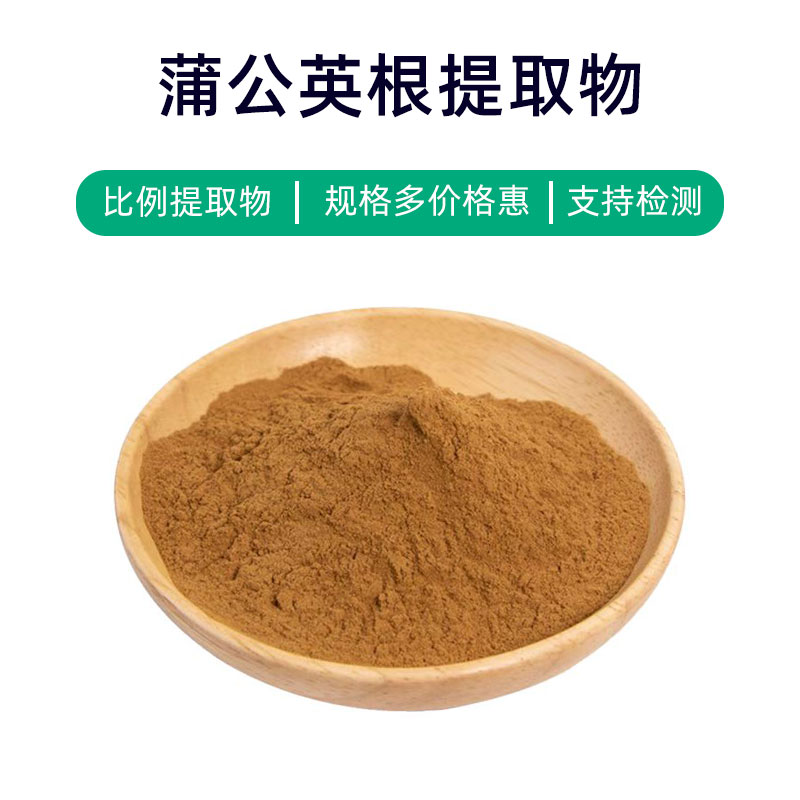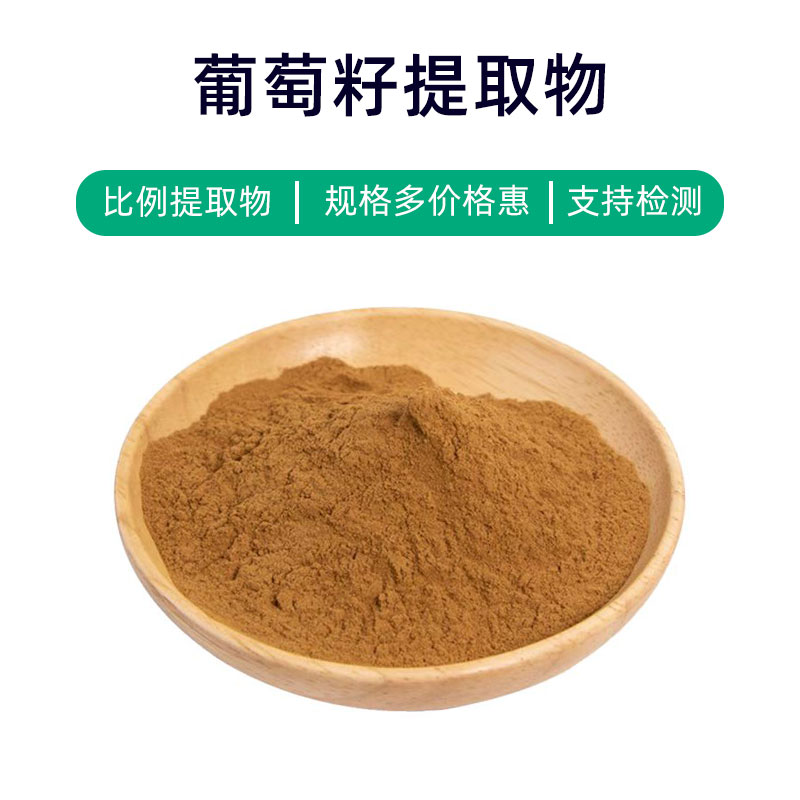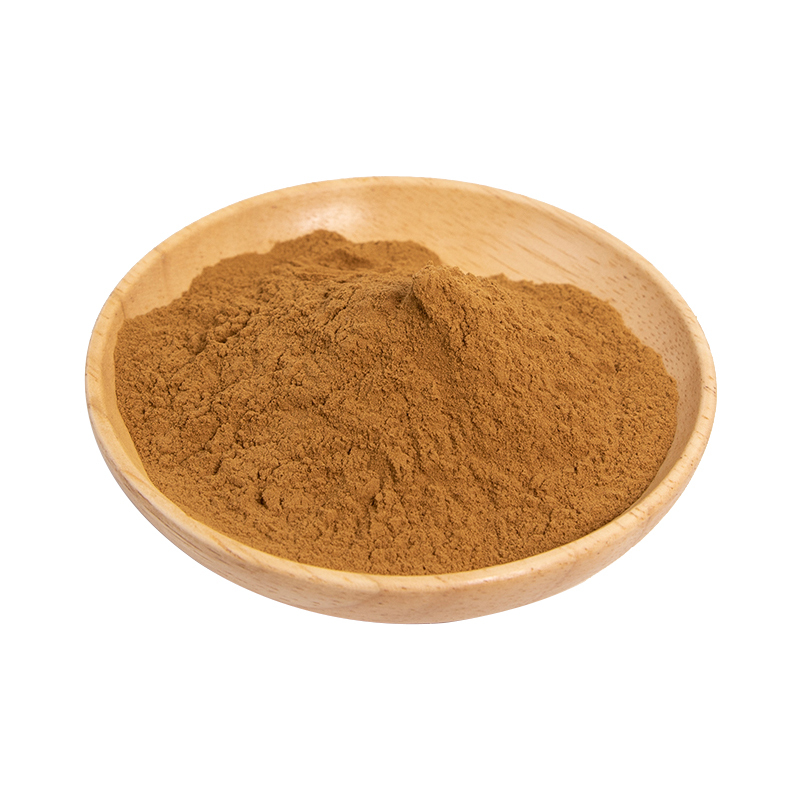Introduction to Agrimonia pilosa Extract
Agrimonia pilosa Extract is a natural plant extract derived from Agrimonia pilosa, with key components including flavonoids, polyphenols, and flavonoid glycosides. This extract has broad applications in medicine, dietary supplements, and cosmetics.
The flavonoid compounds in the main ingredients demonstrate antioxidant and anti-inflammatory properties, helping to protect cells from oxidative damage and reduce inflammatory responses. Polyphenols exhibit strong antibacterial and antiviral effects, aiding in improving skin issues and enhancing immunity. Additionally, flavonoid glycosides have anti-allergic and antiviral effects, assisting in alleviating allergy symptoms and boosting immune function.
In medicine, Agrimonia pilosa Extract is commonly used to prepare medications or supplements that provide antioxidant, anti-inflammatory, and antibacterial effects, treating inflammatory diseases, improving immune function, and promoting wound healing. In cosmetics, it is frequently used in skincare and beauty products for its moisturizing, antioxidant, and anti-aging benefits, improving skin texture and reducing wrinkles and blemishes. Moreover, Agrimonia pilosa Extract can also serve as a food additive, enhancing the nutritional and functional value of food products.
In summary, as a natural plant extract, Agrimonia pilosa Extract contains numerous health-beneficial active components, suitable for product formulations across various fields, offering a promising choice for health and beauty.
Production Process for Agrimonia pilosa Extract
The production process of Agrimonia pilosa Extract generally includes the following steps:
- Raw Material Preparation: Select fresh, dried Agrimonia pilosa as the extraction material, perform initial washing and selection to ensure quality and purity.
- Crushing and Grinding: Crush and grind the prepared Agrimonia pilosa to enhance extraction efficiency and surface area, typically using mechanical grinding or ultrasonic crushing methods.
- Solvent Extraction: Mix the crushed Agrimonia pilosa with an appropriate amount of solvent (such as water or ethanol) for leaching extraction, dissolving active ingredients into the solvent.
- Filtration and Separation: Filter and separate the leachate to remove solid residues, obtaining a solution containing active components.
- Concentration and Evaporation: Use evaporation concentration equipment to concentrate the extracted solution, removing excess solvent to increase the extract's concentration.
- Crystallization: Adjust temperature and pH conditions to allow the active components in the extract to crystallize, further enhancing purity.
- Drying Process: Dry the crystallized material to remove moisture, yielding the final solid extract.
- Packaging and Storage: Package the obtained Agrimonia pilosa extract, typically in airtight packaging to protect against humidity and light, preserving stability and activity.
The above describes the general production process for Agrimonia pilosa Extract, which can be adjusted and optimized depending on the manufacturer's technology and equipment to improve product quality and yield.
Efficacy and Side Effects of Agrimonia pilosa Extract
Agrimonia pilosa Extract is a commonly used herbal medicine with several benefits, mainly including the following:
- Anti-inflammatory Effects: Rich in flavonoids, tannins, and other active components, Agrimonia pilosa exhibits significant anti-inflammatory properties useful for treating arthritis, rheumatoid arthritis, and other inflammatory diseases.
- Antibacterial and Anti-inflammatory: Agrimonia pilosa Extract has antibacterial, antifungal, and antiviral properties, used for treating skin infections and oral ulcers.
- Antioxidant Properties: The flavonoid compounds in Agrimonia pilosa Extract exhibit notable antioxidant effects, eliminating free radicals and delaying aging, thus promoting cardiovascular health.
- Anti-tumor Effects: Some active components in Agrimonia pilosa Extract have anti-tumor properties, inhibiting the proliferation and metastasis of tumor cells, playing a role in prevention and adjunct therapy for tumors.
- Circulatory Promotion: Agrimonia pilosa Extract can dilate blood vessels, improve microcirculation, and increase blood flow, thereby helping to alleviate symptoms of cardiovascular and cerebrovascular diseases.
As a herbal medicine, Agrimonia pilosa Extract is widely utilized in medicine, dietary supplements, and cosmetics. However, it’s important to note that despite its many benefits, individual responses and potential side effects such as allergic reactions or digestive discomfort may occur. Therefore, it is advisable to follow medical recommendations or the product instructions for safe and effective use under medical guidance.
Application Scenarios and Dosage for Agrimonia pilosa Extract
Agrimonia pilosa Extract has broad applications in medicine, food, and cosmetics. Here’s an overview of its applications and appropriate dosages in these fields:
- Medical Applications:
- Agrimonia pilosa Extract is often used to formulate traditional Chinese medicine injections, oral solutions, capsules, and granules for treating rheumatoid arthritis, osteoporosis, chronic bronchitis, and other diseases.
- Dosage: For oral forms, typically 2-3 grams taken 2-3 times daily as advised by a physician; topical forms can be applied as needed 1-2 times daily.
- Food Applications:
- Agrimonia pilosa Extract can serve as a food additive to extract colors and flavorings, such as in candies, beverages, and ice cream.
- Dosage: Generally added according to the ratios in production recipes, adjusted based on actual needs.
- Cosmetics Applications:
- In cosmetics, Agrimonia pilosa Extract is often used as an antioxidant, moisturizer, and whitening agent, offering anti-aging, wrinkle-reducing, and blemish-lightening effects.
- Dosage: Incorporated as an ingredient in skincare products, masks, lotions, and serums, with amounts determined by product formulations and needs.
- Other Applications:
- Agrimonia pilosa Extract can also be used to formulate dietary supplements, oral care products, and daily chemicals, with functions including immune regulation, eliminating bad breath, and enhancing antioxidant capabilities.
When using Agrimonia pilosa Extract, the following points should be noted:
- Carefully read the product instructions and use as directed.
- For medical purposes, adhere to the physician's recommendations and do not alter dosages or methods independently.
- For food and cosmetic use, determine dosages based on formulations and intended purposes; avoid overuse.
- Discontinue use and consult a doctor or professional if any allergic reactions or discomfort occur.
In conclusion, Agrimonia pilosa Extract, as a natural plant extract, has significant potential applications across the fields of medicine, food, and cosmetics. However, care should be taken to follow relevant regulations and guidelines to ensure safety and effectiveness.
Overview of the Source Plant, Distribution, and Growth Environment of Agrimonia pilosa
Agrimonia pilosa (scientific name: Tribulus terrestris) is a common perennial herb that belongs to the Zygophyllaceae family and is found across Asia, Europe, Africa, and Australia. Below is a detailed account of the source plant, its distribution, and growing environment:
- Source Plant:
Agrimonia pilosa is a perennial herb with prostrate stems, typically displaying a gray-green color, growing about 10 to 50 cm in height. Its leaves are even-pinnate compound leaves with paired leaflets, which are elliptical or ovate with blunt or serrated edges. During the flowering phase, Agrimonia pilosa’s flowers are yellow or pale purple with five petals, measuring about 6 to 10 millimeters in diameter, followed by oval-shaped fruits with spines, which is the origin of its name. - Distribution:
Agrimonia pilosa is widely distributed in temperate and tropical regions worldwide, primarily thriving in dry grasslands, roadsides, wastelands, sandy soils, and low-elevation mountainous areas. Its distribution includes but is not limited to:
- Asia: China, India, Iran, Turkey, etc.
- Europe: Spain, Greece, Bulgaria, etc.
- Africa: Egypt, Morocco, South Africa, etc.
- Australia: Australia, etc.
- Growth Environment:
Agrimonia pilosa adapts well to diverse growing environments, primarily thriving in dry and semi-arid conditions, usually in sunny spots with good drainage. It tolerates high temperatures and drought well and shows good adaptability to various soil types, often found in sandy soils, gravel, and clay. Given its harsh growth conditions, it is often regarded as a wasteland plant, commonly seen in wilderness areas, deserts, grasslands, and along roadsides.
In summary, Agrimonia pilosa is a resilient and widely distributed perennial herb, primarily found in dry deserts, grasslands, and sandy areas. Its growth form may slightly differ in various regions, yet it maintains excellent adaptability to arid and hot environments.
Processing and Storage of Agrimonia pilosa Extract
The processing of Agrimonia pilosa Extract typically includes the following steps: first, fresh Agrimonia pilosa plants are collected, then washed and processed to remove impurities and unwanted parts. Next, the cleaned Agrimonia pilosa is crushed, ground, or extracted to obtain the desired extract. Various methods such as water extraction, alcohol extraction, or supercritical fluid extraction may be used to acquire the extract. Finally, the obtained herbal extract undergoes filtering, concentration, and drying processes to yield the finished Agrimonia pilosa Extract.
For storage, Agrimonia pilosa Extract should generally be kept in a dry, cool, and ventilated environment, away from direct sunlight and humidity. It is recommended to utilize sealed containers for storage in dry areas to prevent moisture absorption. Additionally, avoid contact with harmful chemicals to ensure product quality and stability. Under appropriate storage conditions, Agrimonia pilosa Extract can maintain its stability and activity for an extended period.
Monica Sun is a seasoned expert in the plant extraction industry with over a decade of experience in research and production. She specializes in the extraction and purification of plant active ingredients, focusing on driving innovation in natural product applications. Monica has participated in the development of multiple functional plant extracts, delivering high-value natural raw material solutions for the health food, pharmaceutical, and dietary supplement sectors.









